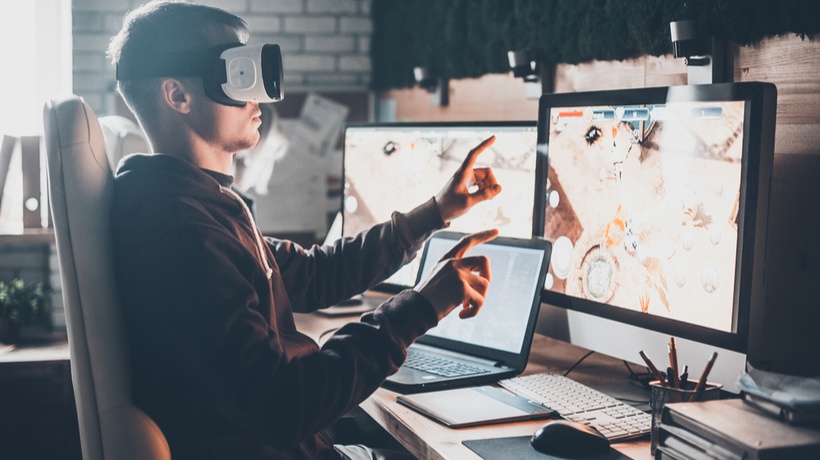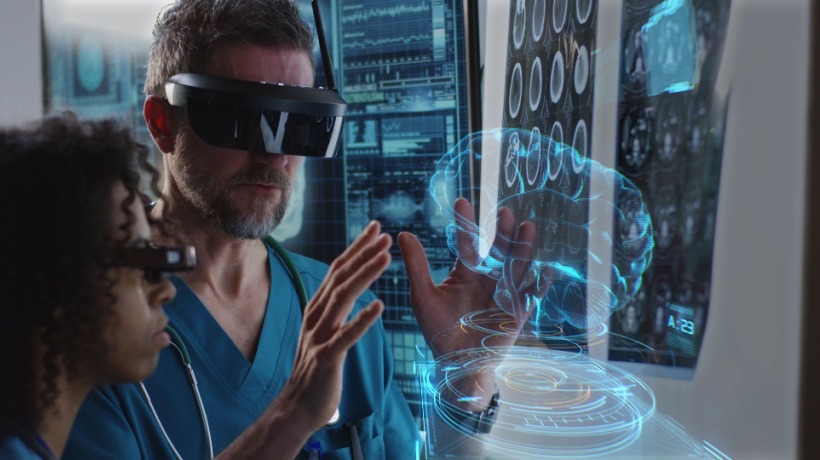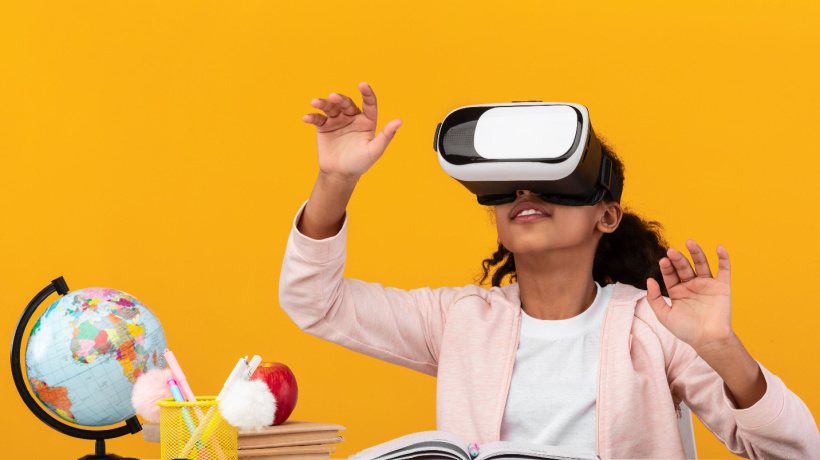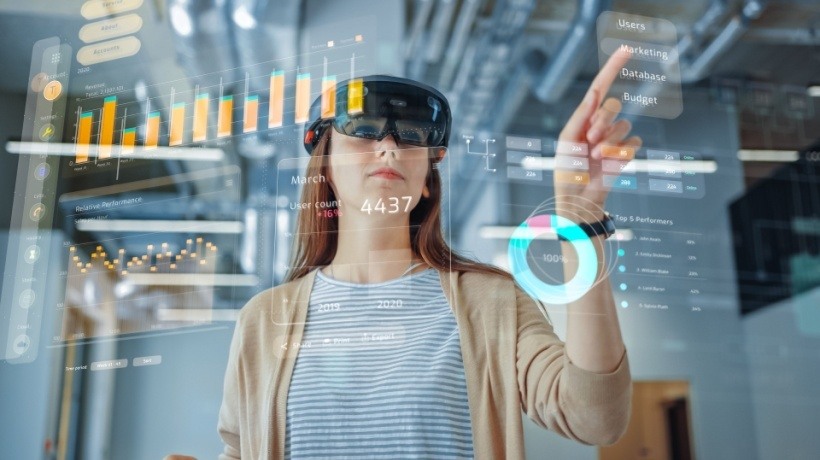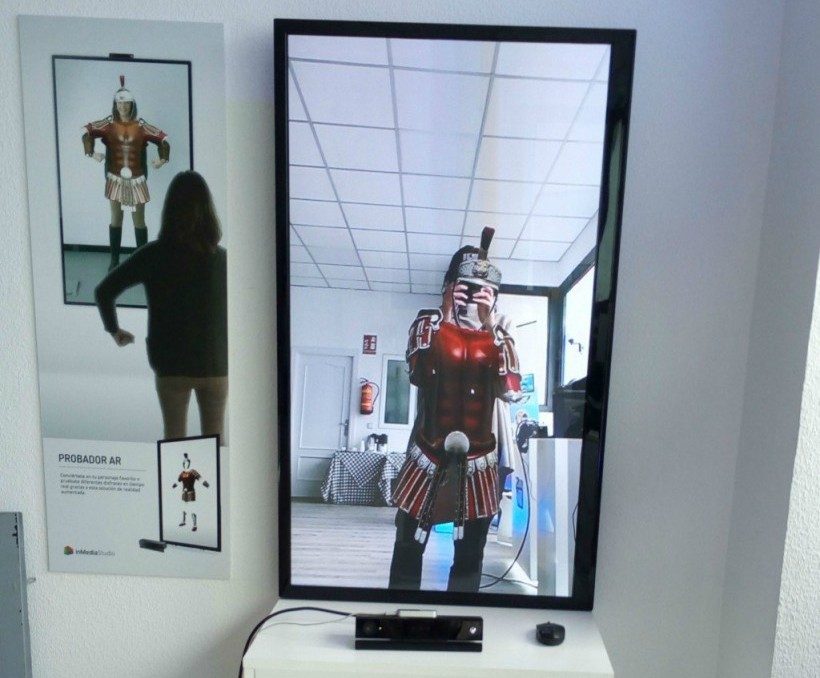Why You Should Use Augmented And Virtual Reality Technologies In eLearning
The eLearning industry is all about making use of advanced technologies to enhance the learning experience. In the end, the basic aim is to make learning an easy and enjoyable task. Achieving that target without incorporating the latest technological tools is virtually impossible, especially since we are fully immersed in the digital era. Thus, Augmented and Visual Reality have slowly but surely been edging into the eLearning sector for some time now. These additions have been warmly accepted by modern learners because of the many benefits they offer. If you are still unaware of these trending alternate reality technologies, then here are 5 benefits to put your view into perspective.
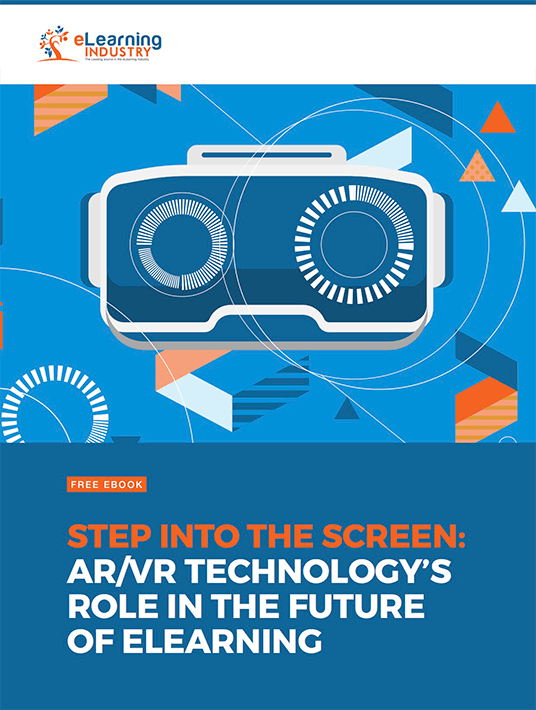
First Things First…
Before going on to the benefits of using Augmented and Visual Reality in eLearning, let's briefly recap exactly what alternate reality technologies encompass. The term Virtual Reality means recreating an experience through the use of software and specialized devices, whereas Augmented Reality is about combining digital information with our own environment. Unlike Virtual Reality, instead of "creating" a new learning experience it uses the existing surroundings.
1. Make The eLearning Process Engaging And Exciting
The use of Augmented and Visual Reality is making eLearning courses more innovative and enjoyable. Engaging online learners within the eLearning environment is one of the biggest hurdles eLearning professionals face. Fortunately, alternate reality technologies take care of that. The idea that they can actually try out what they learn without the risk of any repercussion appeals to online learners. Besides giving online learners the opportunity to develop a deep understanding of the concept under study, they also embolden them to ask questions and inquire about what they are trying to learn. They have the chance to participate in experiences that otherwise would not have been possible. Moreover, research shows that learners prefer to watch rather than read or write for learning purposes. This research also compliments the concept of kinesthetic learning, which involves physical activity to improve knowledge assimilation and retention. Augmented and Visual Reality are out of the box thinking technologies that break the conventional boring method of learning. Thus, online learners can immerse themselves in situations and take action instead of merely observe.
2. Create Scenarios That Otherwise Are Impossible To Create
Augmented and Visual Reality technologies have added another dimension to the field of eLearning. They take online learners to another world and allow them to gain experience without any risk. This technology also enables organizations to incorporate environments that would be too costly to recreate in the real world. For example, paying for employees to travel to other work sites or manufacturing a Hollywood-worthy set to put things into context. Besides saving costs, training in a virtual environment also increases the levels of safety. This method ensures the online learner is clear about what they are being taught and can apply it in real life.
3. Focus On A Practical Approach Rather Than Just Theory
For the most part, our existing education system focuses more on theory than practical approach. That is the reason why people tend to forget rotely learned concepts so easily. On the contrary, Augmented and Visual Reality make learning a practical experience. And experiences are what stick with online learners and enable them to recall the information for later use. Some concepts that in theory appear to be dry, fail to catch online learners' attention for more than 15 minutes. However, AR and VR can make them more interesting by adding practical application and immersion to eLearning. This also helps online learners to appreciate the importance of concepts and ideas instead of merely brushing them off as a theoretical knowledge that has no correlation with their work duties or responsibilities.
4. Encourage Online Learners To Learn From Their Mistakes
Learners tend to experience some degree of confusion when they encounter new challenges or unfamiliar situations. This usually happens when their minds contradict what the theory teaches. In that case, incorporation of alternate reality technologies gives you the power to remove any doubts from the minds of your online learners. With these technologies, you put your online learners in a situation where they can try out their own ideas and reach their own conclusions. This also ensures that the lesson learned sticks with them and creates an emotional connection.
5. Allow For Self-Guided Exploration
Augmented and Visual Reality technologies give you the ability to create a safe environment for online learners to experiment and try things which would otherwise be impossible. Take medical training for instance. Imagine the pressure a medical student must face when he comes across a sensitive case for the first time. A wrong decision at this point can make the situation worse and that may even shatter the confidence of the doctor for the rest of his life. However, by replicating the same situation with the help of Virtual Reality, doctors can be prepared for such dangerous situations beforehand without having to worry about any repercussions.
Although their full implications are yet to be explored, alternate reality technologies make eLearning more engaging and productive. They are here to stay, and who knows what benefits they will bring to future learners. As the technology evolves, so too will the applications in eLearning. Which is why it's essential for eLearning pros to keep up with cutting-edge tech and think of new and innovative uses for AR and VR tools.
What is AR/VR’s true potential for online training? Download our free eBook Step into the Screen: AR/VR Technology's Role In The Future Of eLearning to find out what the future holds for VR and AR in the eLearning sector. We'll also share a step-by-step guide on how to develop alternate reality resources and top pitfalls to avoid when integrating VR into your eLearning strategy.
